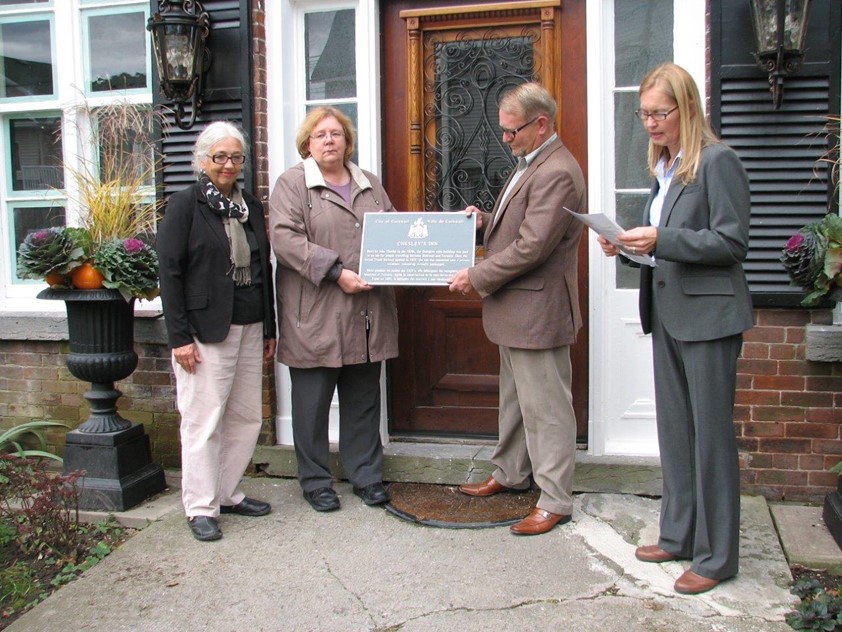4. Tools for building and sustaining your municipal heritage committee
4.1. Creation of a work plan for your Municipal Heritage Committee
To achieve your MHC’s objectives, committee members need to think strategically about what is happening in the community — the economic, cultural and land-use planning trends that may impact heritage conservation goals. The annual creation of a work plan can take the directives of council as expressed in the committee’s Terms of Reference and make them actionable. The work plan can identify the objectives and deliverables to be achieved and may assign timeframes and resource requirements for their achievement.
The work plan should focus on such things as:
- routine council-directed activities
- additional projects that may arise from current priorities
- gap analysis — identification of heritage needs in the community
- plans to cultivate champions to promote heritage conservation in your community
- opportunities for ongoing learning by committee members
4.1.1. Checklist for evaluating your committee’s annual work plan
- Drives your future activities
- Leads to action and improves results
- Provides a benchmark against which future decisions can be assessed
- Identifies opportunities and challenges
- Informs the budgeting process
- Facilitates collective ownership by municipal heritage committee members, municipal staff and elected officials
- Accepts accountability to the public
- Demonstrates awareness of the breadth of cultural heritage resources of the municipality
- Leads to strategic management (pursuing the most important decisions and actions) and innovative use of resources
- Provides clear measurable milestones
- Plans to celebrate success
4.2. Growing public support
Many municipal heritage committees have found that annual work planning helps them maintain a balance between proactive and reactive heritage conservation activities. In addition to advising on the use of heritage legislation to protect local properties, they undertake activities that build appreciation for heritage conservation (for example, walking tours, Doors Open events and owner-led designations). This ensures sustained community support for heritage conservation initiatives.
4.3. Evaluate your effectiveness and celebrate your successes
It is important to take a step back and look at what your committee has been able to accomplish periodically and over the course of its mandate. Consider establishing performance indicators that will assist you in measuring the effectiveness and efficiency of your MHC. Measure your committee’s accomplishments in both quantitative and qualitative terms. How many hours of service were donated by committee volunteers? Was an important inventory undertaken or educational program established? How many people attended your Doors Open event? Did the committee work with any new groups or partners it hadn’t worked with before? To assist the process, the committee may want to undertake:
- yearly review of the terms of reference to track achievement of priorities
- documentation and communication of activities undertaken over the year as directed by council — for example, production of an annual report or statement
- identification of key challenges for consideration in future work plans
Don’t overlook the importance of taking time to celebrate your successes! Heritage Week, every third week of February, provides a great opportunity to showcase the committee’s accomplishments and promote them to council and the broader public.
You may also want to recognize individuals for their contributions. It is thanks to the thousands of volunteer hours put in by committee members, advocates and property owners alike that heritage conservation is achieved.
Recognizing and celebrating these contributions will help committee members stay engaged and excited about the work they are doing and keep projects moving forward.
